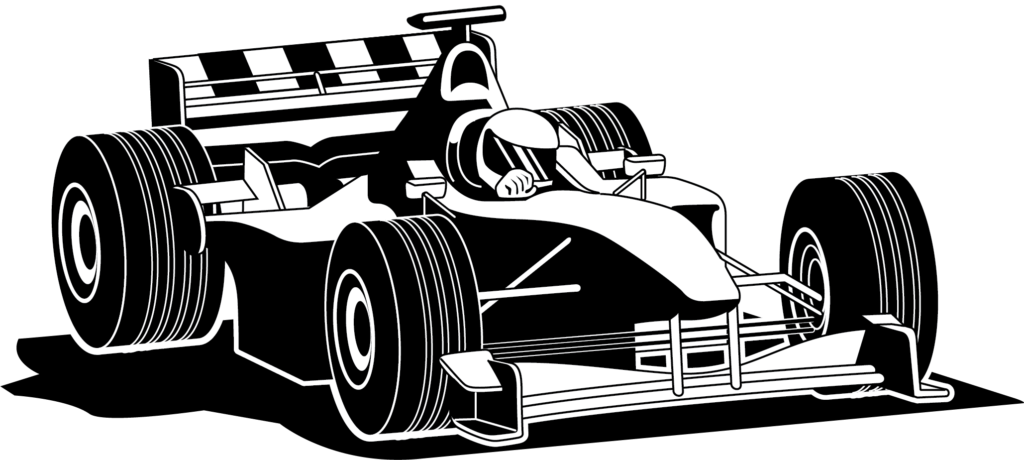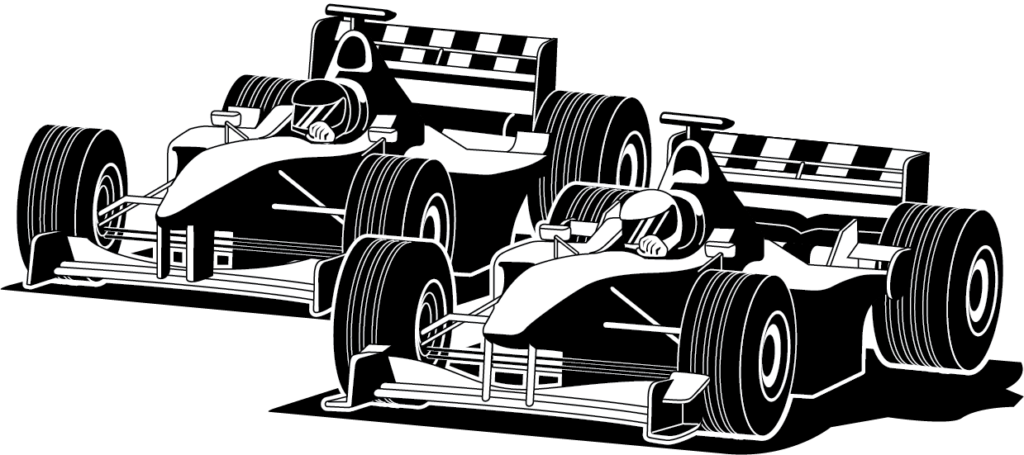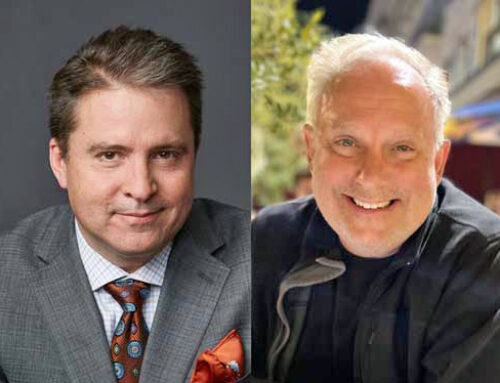
There’s a massive indoor dirt track located at an unassuming building on unassuming lot on Saturn Road. Along with a fully stocked repair pit for drivers, there’s an auto parts store. Many members of the racing community travel from around the country to use the facilities. No, it’s not Devil’s Bowl Speedway. This is Indy RC World — racing for remote control cars.
Among the community is one Caleb Halligan, a father of three who grew up racing pro circuits in southern Utah.
“I haven’t raced in years; in order to do that you’ve got to cough up a lot of time and cash. When I was single, I was able to do that,” Halligan jokes as he repairs a car for one of his kids to drive. “Now I guess I’m just a mechanic.
Halligan’s children ran off to race their cars in an open practice, held in the morning for both beginner drivers and competitive ones to drive their cars in a relaxed environment.
Outside of simply recreational joyrides, Indy RC World can transform their dirt track into an oval, drag racing strip, or an off-roading loop. Each alteration to the course drastically changes the clientele that comes in to race and their own racing strategy.
Most events organized by Indy RC World are purely recreational. With the exception of a major pro circuit hosting an event in the space, almost all races and tournaments are held just for bragging rights and the placard for first place.
“Tuesday night is electric night. Those get pretty crazy,” says Juan Castro, a racer and freelance artist who specializes in RC car painting. “Fridays are dirt oval races and Sundays we do electric and nitro together.”

The “electric” and “nitro” lingo for RC cars simply refers to the manner in which a car is accelerated. Electric cars are entirely battery powered and tend to slow down and die quicker than their nitro counterparts.
On the other hand, nitro cars are powered by gas just like real full-size cars and feature many of the same engine and carburetor components.
The electric versus nitro distinction is very easy to notice once the sleek cover of each RC car is pulled apart to reveal everything working underneath. With electrics always being powered by batteries and nitros always being powered by gas, each racer tends to narrow down their plan of attack to a few minor screws and switches in their own car in order to beat their opponent.
Many drivers prefer to build their own cars from scratch as opposed to buying them premade. Eighteen-year-old driver Luke Hawkins has been building them for most of his life.
“My dad bought me my first RC car when I was 10,” Hawkins says. “But once I started getting into it seriously, I like to know the ins and outs of my car.”
Hawkins says he’s not good enough to enter races but enjoys coming to the tracks and meeting other drivers. His friendly sentiment seems to represent the vast majority of those in the RC car world. The hobby is nothing but a good time.
“The whole thing is a nice escape,” Hawkins says. “Plus it’s fun to crash your car and be OK after.





